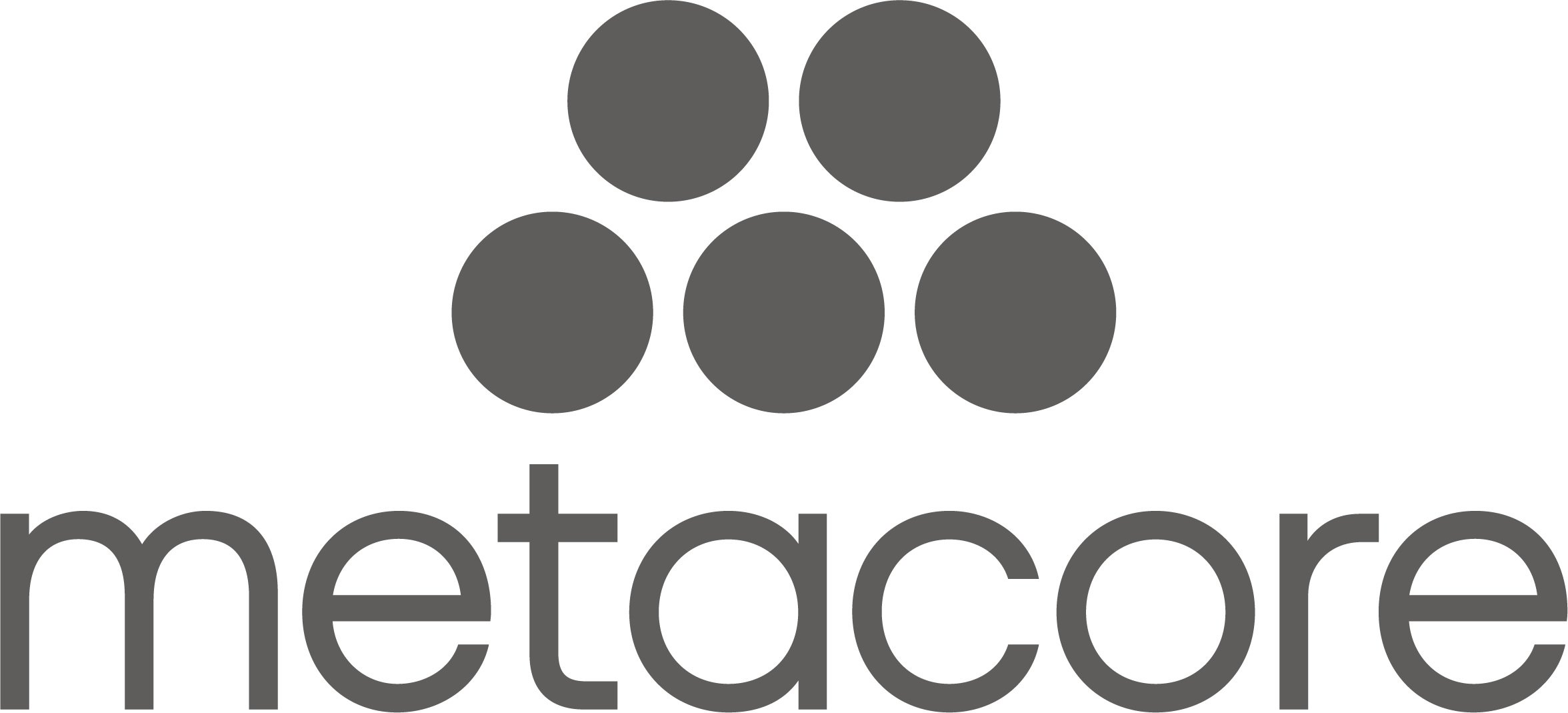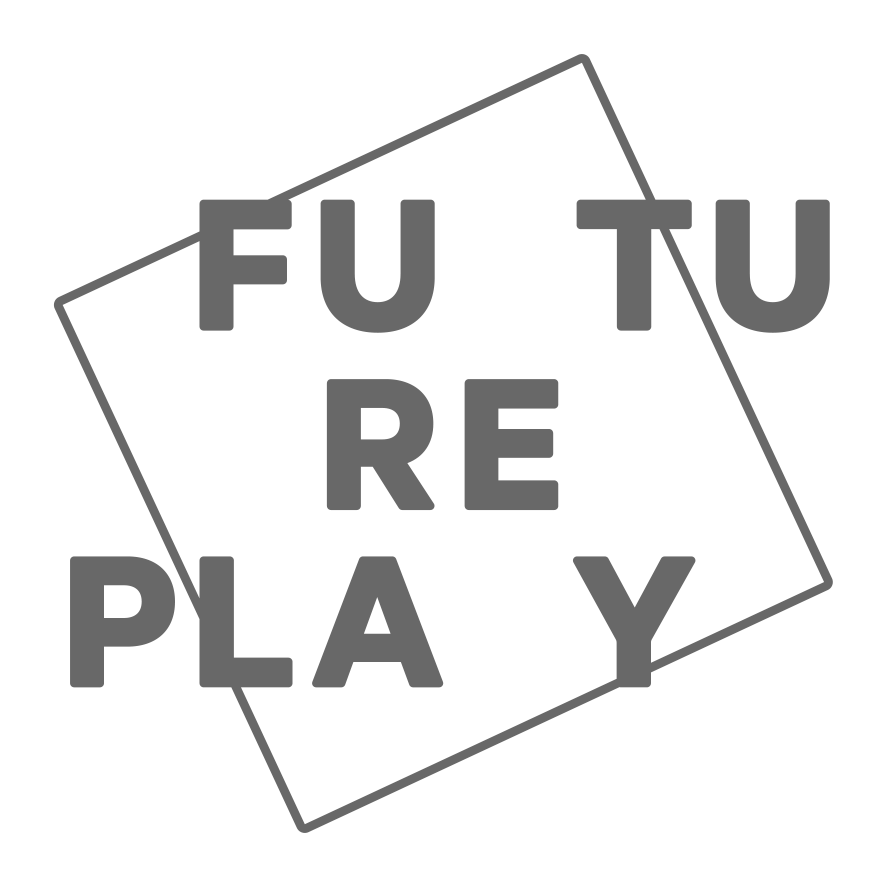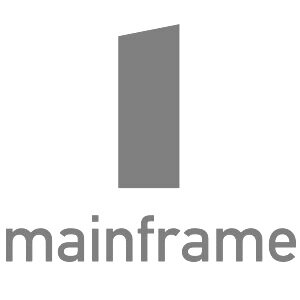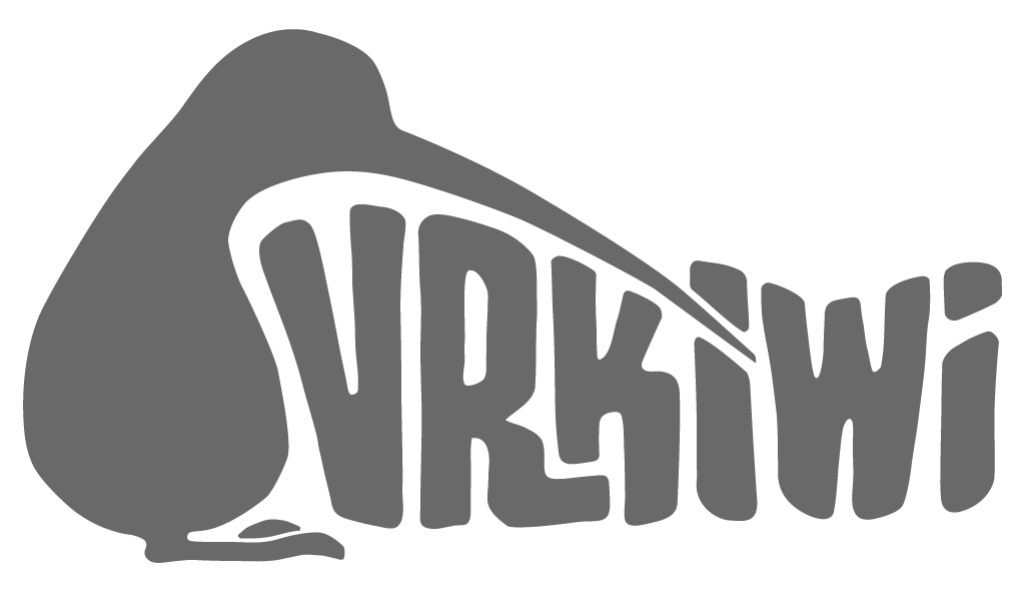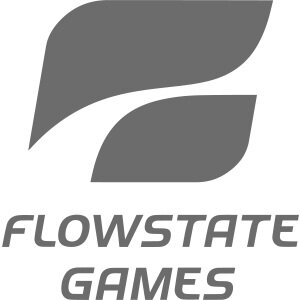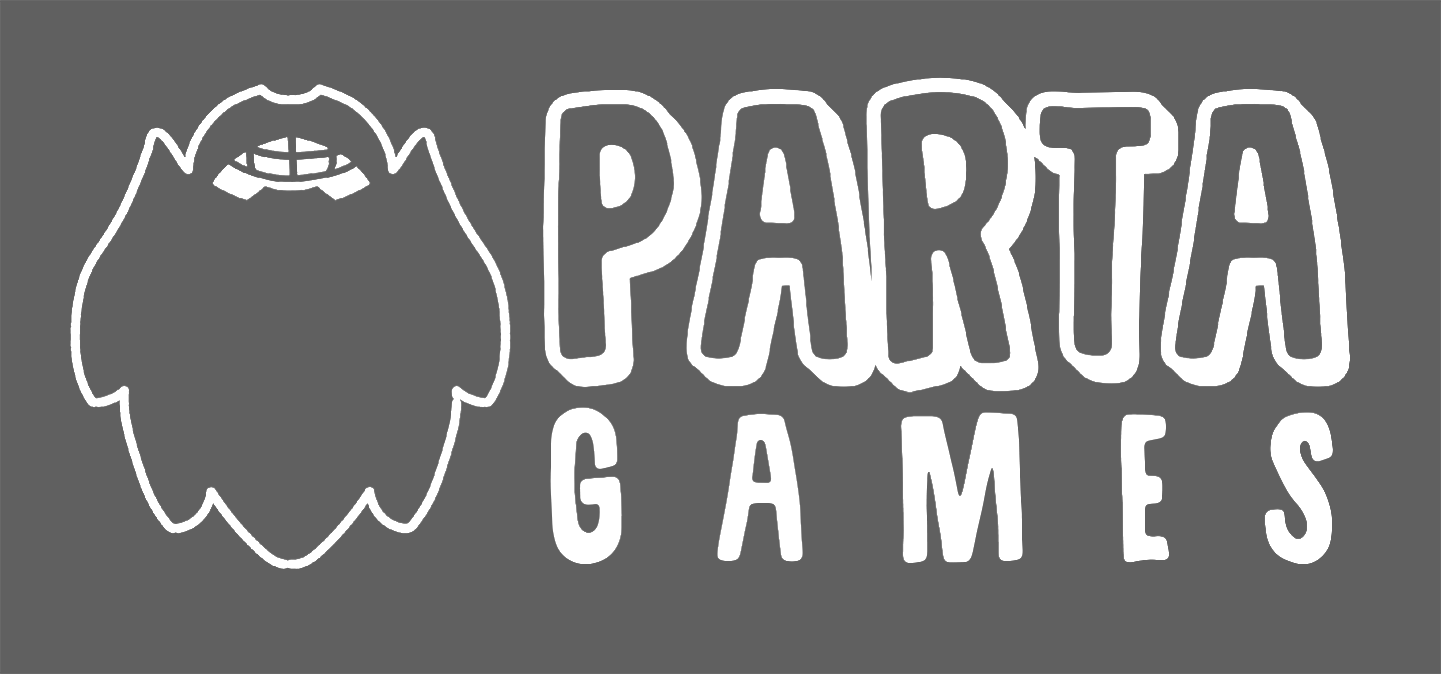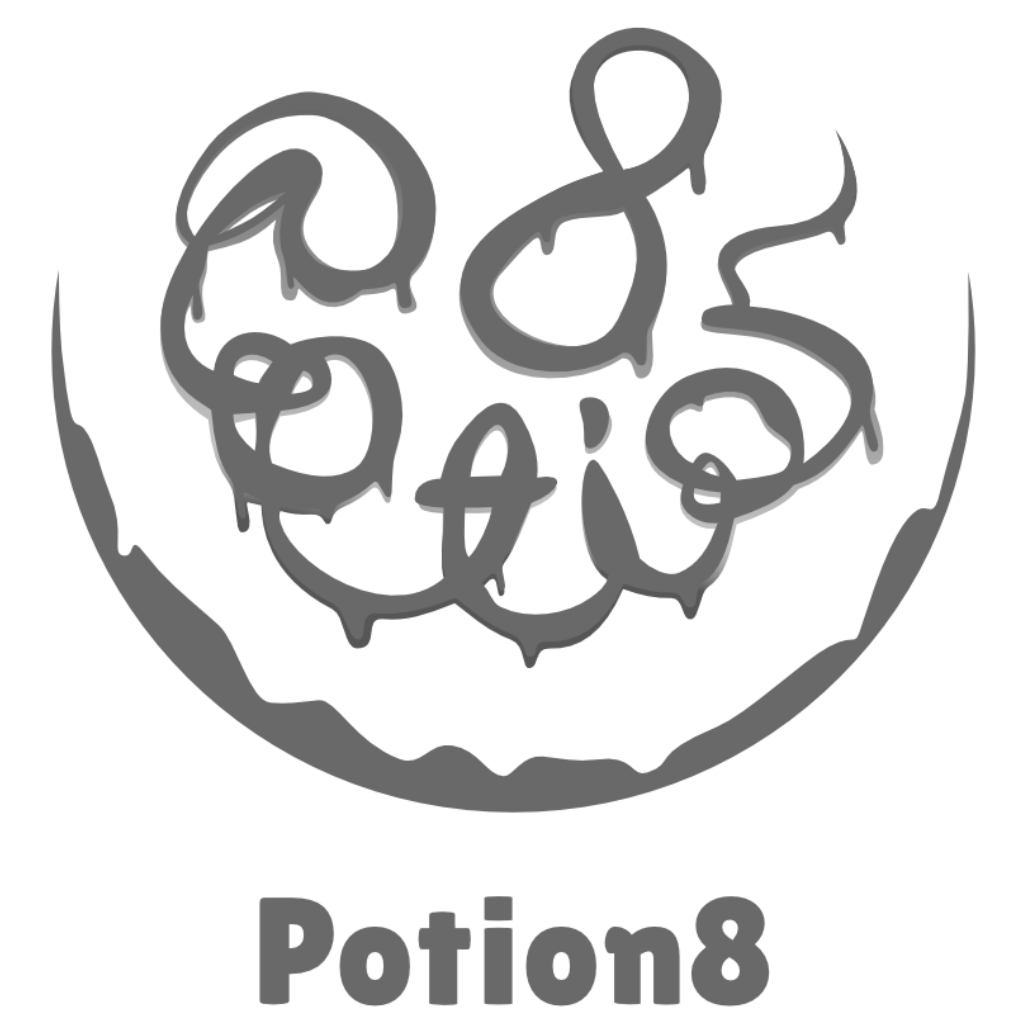Helsinki Hub: 2019 Post Play Party
/Text by Giorgos Riskas and Roope Sorvo, photo by Jesse Eloranta
The February IGDA gathering at the Helsinki Hub was a non-commercial Post Play Party devoted to games and experiences created during the 2019 Global Game Jam. Four speakers of different professional backgrounds in the industry, united in their their passion for jamming, informed and amused the audience by sharing their knowledge and their personal stories.
The first to take the stage was Annakaisa Kultima, president of Finnish Game Jam and game studies scholar at Aalto University, shared her insight about game jamming or as she defined it: Improvisation of Game Development. According to Kultima’s seminar, Crazy Stunts and Awesome Numbers, Finland contributed to the global scene by producing 218 games in 26 locations by a total of 884 jammers in 2019. Unlike many other countries, a respectable amount of jammers are already working in the game industry while Finland also maintains one the highest ratios of games made to game jam participants.
Annakaisa Kultama addressing the audience
Minna Eloranta, a game artist at Secret Exit, spoke about her Game Jam experience in Haifa, Israel. Expecting more of a culture shock, Eloranta found jamming in Haifa far less different than anticipated. Tools and terminology remain largely same. Of course, that doesn’t mean that there were no differences: politics heavily affect the game development in Israel, preventing creation of larger networks and developer communities with nearby countries. On a lighter note, Israel actually is the first country to start the Global Game Jam due to Sabbat.
Superjammer Samuli Jääskeläinen told about his experiences jamming at a mall in Shenzhen, China. Jääskeläinen is a jamming veteran who for many years now has travelled to different countries to experience the Global Game Jam in a different environment each year. Jamming or not, Jääskeläinen has a goal of making a game every month, a streak currently on its seventh year. He manages this by strict prioritization: by day he works as a software engineer at Varjo Technologies, while at night he’s a superjammer, who keeps game development strictly as a hobby.
Speaking of prolific, the last seminar of the night was held by composer and sound designer Elie Abraham, probably better known among the regular jammers as “That Guy with the ‘I WANT 2 MAKE MUSIC 4 UR GAME’ Sign”. Abraham tries to partake in as many game jams as possible, and usually contributes music to over ten games per jam. During the 2019 Global Game Jam he participated in creation of 30 games! In addition to serial jamming, Abraham has held talks, key notes, and workshops at several other jams.
The Demo Corner showcased the fruits of the 2019 Global Game Jam. The full spectrum of interpretations on the theme ‘What Home Means to You’ was on display: many of the games focused on activities that you do at home:
A Vacuum-Cleaning Game and Meanwhile at Home simulate house cleaning; Dumpling Family was developed by the team of Samuli Jääskeläinen in Shenzhen, China and focuses on cooking; Party Pooper is a point-and-click game about navigating a house party.
Meanwhile other titles used ‘home’ in more abstract ways: Laika’s Super Sober Adventure in Space features the titular cosmonaut dog traversing space, waiting to return home; while in Human Rescue dogs try to find homes for stray humans.
Anyone interested in learning more about the Finnish Game Jam should visit their site: http://www.finnishgamejam.com
See you next month!















